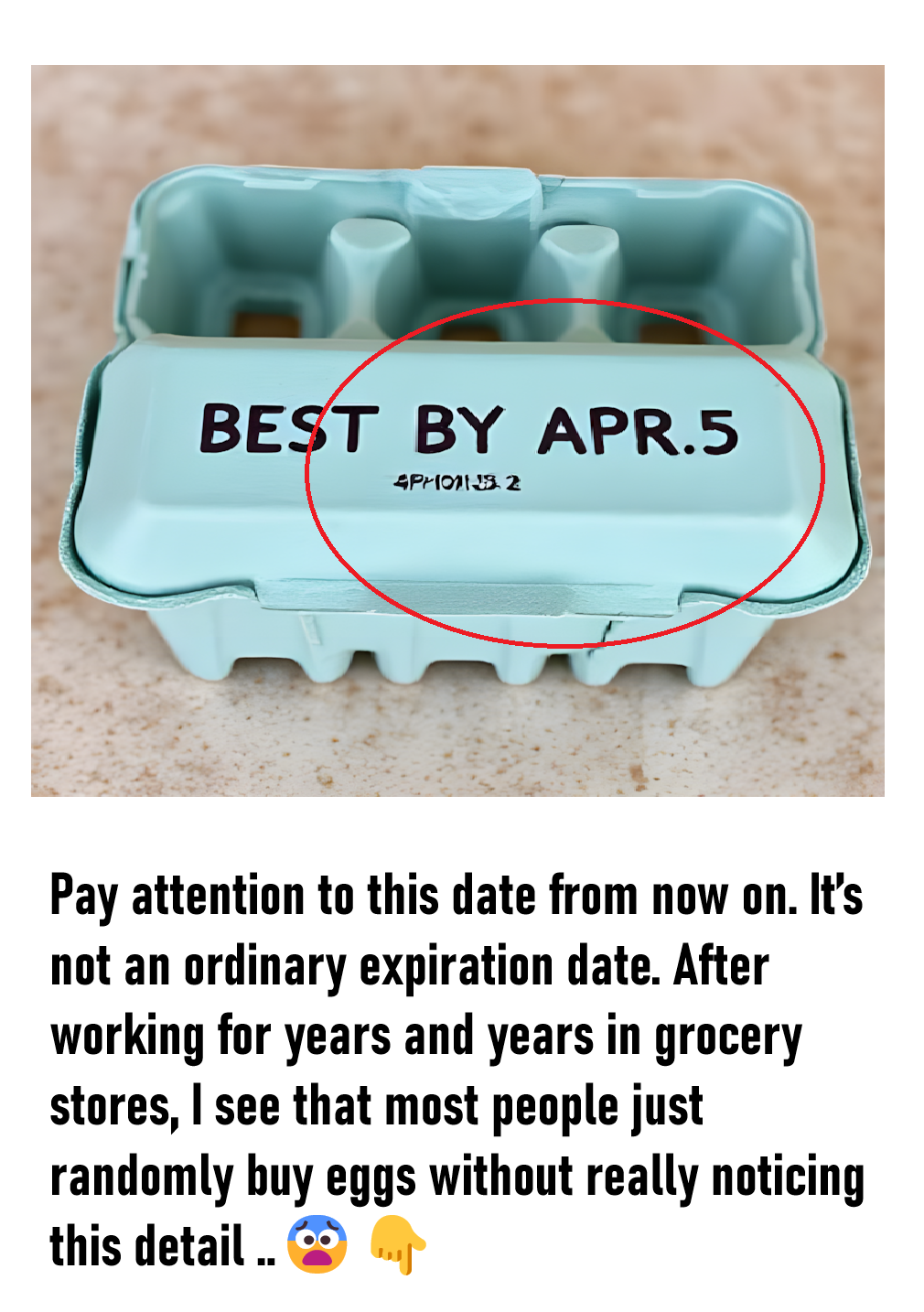For those of us who appreciate the versatility of eggs—whether we’re crafting a light and airy omelet, baking a moist cake, or whipping up flavorful fried rice—the quality of the eggs we use truly matters. While a trip to the local farmer’s market may offer fresh, locally sourced options, many of us rely on the convenience of supermarket eggs, often packaged in cartons covered with seemingly cryptic codes.
The truth is, those codes are far from random. They actually provide valuable information about the freshness and safety of your eggs.
The Julian Date: A Key to Freshness
One of the most important codes to look for is the three-digit number printed on the carton, known as the Julian date. This number represents the exact day of the year the eggs were packed:
001 = January 1st
365 = December 31st
By checking this code, you can immediately determine how fresh your eggs are. Since eggs are best consumed within 30 days of packing, the Julian date is your shortcut to ensuring peak freshness and flavor.
Plant Codes and Safety
You may also notice a code beginning with the letter “P.” This is the plant code, which identifies the facility where the eggs were processed. While this may not seem important at first, it becomes essential during product recalls.
